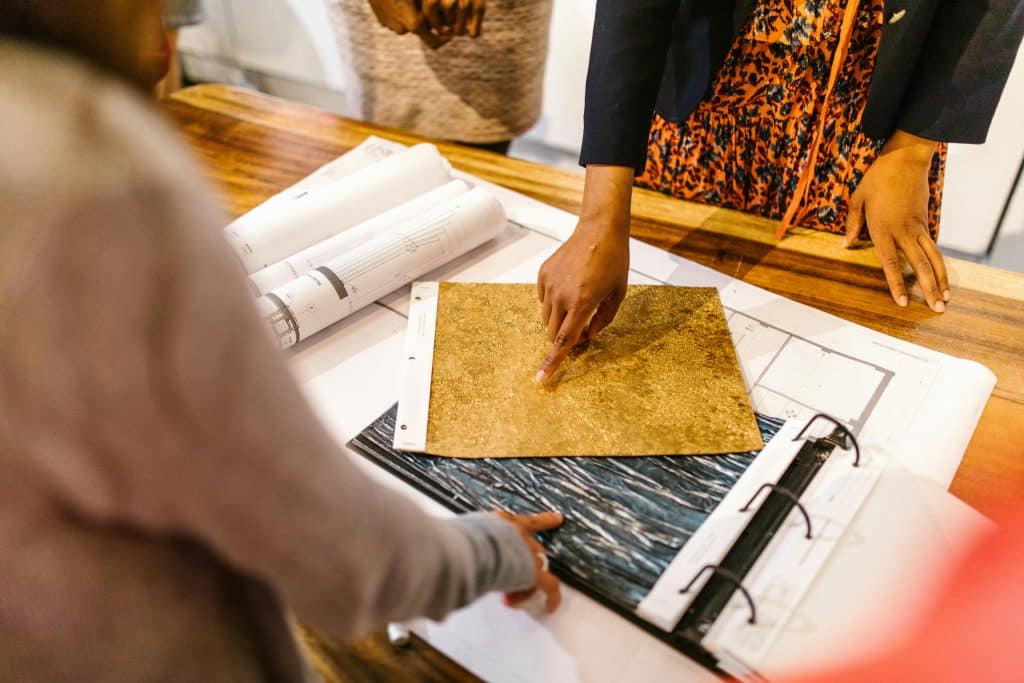When designing the interior of a home or office, aesthetics often take priority over other considerations. However, the choices you make in furniture and design can significantly impact fire safety. From the materials used in furniture to the layout of a room, each decision plays a role in how fire spreads and how safely and quickly people can evacuate in the event of an emergency. This blog post explores how different types of furniture and interior design choices can influence fire safety, offering guidance on making safer choices.
1. Furniture Materials
The materials used in furniture are critical in determining how a fire develops and spreads. Furniture made from highly flammable materials can ignite more quickly and generate intense heat and smoke, contributing to faster fire spread and reduced evacuation time.
Flammable Materials:
- Polyurethane foam: Often used in sofas and mattresses, it catches fire quickly and releases toxic smoke.
- Lightweight materials and soft woods: These can ignite easily and burn rapidly, commonly used in inexpensive furniture.
Safer Alternatives:
- Fire-resistant fabrics: Look for furniture that uses fire-resistant or non-combustible materials like wool, which burns more slowly than most synthetic fabrics.
- Hardwoods: Denser than softwoods, hardwoods like oak and maple are slower to catch fire.
- Metal and glass: These materials are largely fire-resistant and can be used in furniture designs to enhance safety.
2. Space Planning and Layout
The way furniture is arranged within a space can affect fire safety by influencing the ease of movement in case of an emergency and the speed at which a fire might spread.
Risky Layouts:
- Overcrowding: Filling a room with too much furniture can block exits and pathways, hindering evacuation.
- Open plan spaces: While popular for their aesthetic and functional benefits, open layouts can allow fire to spread more quickly across a space without barriers to slow it down.
Safety-Enhanced Layouts:
- Clear pathways: Ensure that furniture is arranged to provide clear and direct routes to exits.
- Use of fire barriers: Strategic placement of non-combustible materials and furniture items can help slow the spread of fire between areas.
3. Decorative Choices
Decorative elements, while enhancing the visual appeal of a space, can also contribute to fire risks.
Decorative Risks:
- Wall hangings and drapes: Materials like synthetic fabrics or highly flammable decorations can act as fire accelerants.
- Rugs and carpets: Certain carpets can catch fire easily and produce toxic fumes.
Safer Decorations:
- Fire-retardant fabrics for curtains and drapes: Choosing materials treated with fire-retardant chemicals can significantly reduce their flammability.
- Natural fibre rugs: Wool rugs are less likely to catch fire compared to synthetic fibres.
4. Ventilation System Design
Proper ventilation can help control the spread of smoke and heat during a fire, but it can also potentially aid in fire spread if not properly designed.
Considerations for Ventilation:
- Proper placement of air ducts: Ensure that HVAC systems are designed to prevent the spread of fire between rooms and floors.
- Incorporation of smoke control systems: These can be integrated into the building’s ventilation system to manage smoke movement in the event of a fire.
The choices made in furniture selection and interior design can have a significant impact on fire safety. By opting for fire-resistant materials, thoughtful space planning, safe decorative choices, and properly designed ventilation systems, you can greatly enhance the fire safety of a building. It’s not just about creating a space that looks good but ensuring that it’s also safe for its occupants. Whether you are furnishing a new home or renovating an office, always consider fire safety as a crucial aspect of your interior design planning.
For expert advice on fire protection and prevention, contact Martyn Young Fireproofing Consultancy on 07585 896648


